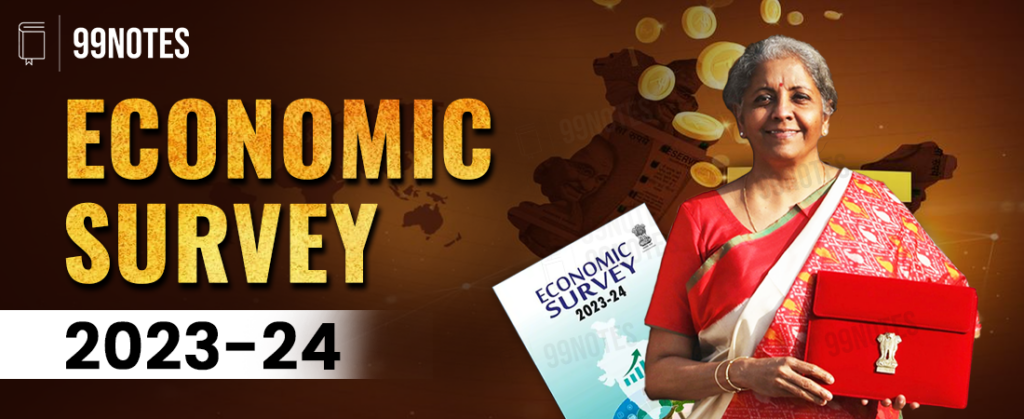
Economic Survey
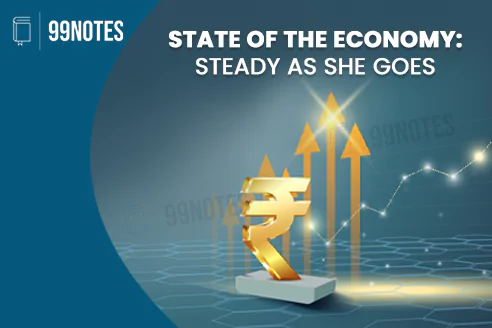
Chapter 1: State of the Economy: Steady as She Goes
Despite geopolitical uncertainties and inflationary pressures, the global economy registered a growth of 3.2% in 2023, which is robust but marginally lower than in 2022.

CHAPTER 2 – MONETARY MANAGEMENT AND FINANCIAL INTERMEDIATION: STABILITY IS THE WATCHWORD
The primary objective of monetary policy is to maintain price stability while keeping in mind the objective of growth.
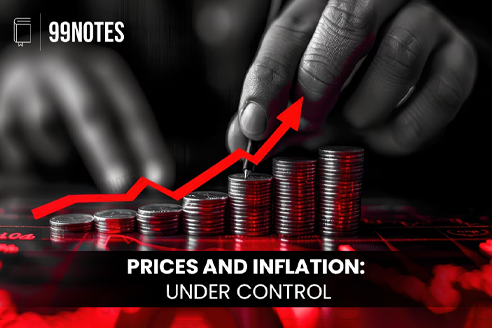
CHAPTER 3 – PRICES AND INFLATION: UNDER CONTROL
Low and stable inflation is crucial for sustaining economic growth. Governments and Central Banks aim to maintain moderate inflation while ensuring financial stability.
The Reserve Bank of India (RBI) and the Central Government are committed to price stability.

CHAPTER 4 – EXTERNAL SECTOR: STABILITY AMID PLENTY
Foreign investments have slowed due to political uncertainties, higher interest rates in developed countries, and active industrial policies in these regions.
For instance, the U.S. Inflation Reduction Act has incentivized investment to remain domestic .
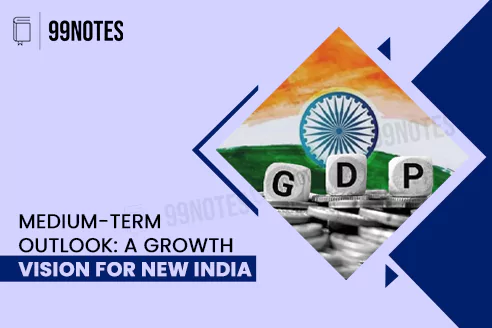
Chapter 5: MEDIUM-TERM OUTLOOK: A GROWTH VISION FOR NEW INDIA
In the medium term, the Indian economy can grow at a rate of 7 per cent plus on a sustained basis if we can build on the structural reforms undertaken over the last decade.
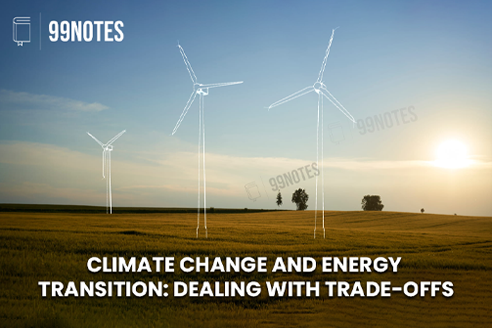
Chapter 6: CLIMATE CHANGE AND ENERGY TRANSITION: DEALING WITH TRADE-OFFS
India, one of the fastest-growing economies, has only one-third of the global average carbon emission. India aims to achieve “Viksit Bharat” by 2047 and Net Zero carbon emissions by 2070.
To achieve these goals, India focuses on High economic growth and Inclusive, environmentally sustainable development.

Chapter 7- SOCIAL SECTOR: BENEFITS THAT EMPOWER
India’s recent economic growth is marked by social and institutional progress through effective government programs in health, education, sanitation, digital empowerment, and rural quality of life. Women-led development and digital rural governance have improved living standards. Achieving developed country status by 2047 requires efficient programs, state initiatives, and community participation.
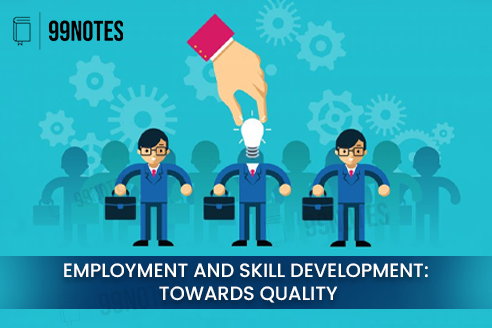
CHAPTER 8 – EMPLOYMENT AND SKILL DEVELOPMENT: TOWARDS QUALITY
As per the Periodic Labour Force Survey data, Indian labour market indicators have improved in the last six years, with the unemployment rate declining to 3.2 per cent in 2022-23. Rising youth and female workforce participation presents an opportunity to tap demographic and gender dividends. The Formal employment has grown, with net payroll additions under EPFO more than doubling in five years.
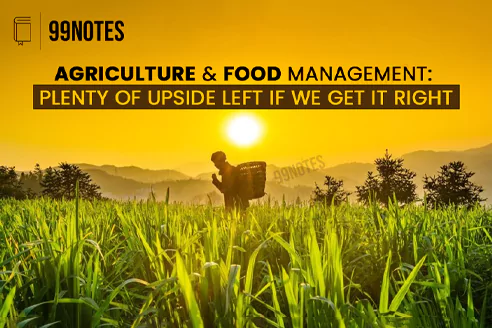
Chapter- 9 AGRICULTURE AND FOOD MANAGEMENT: PLENTY OF UPSIDE LEFT IF WE GET IT RIGHT
Over the past five years, India’s agriculture sector has grown at an average rate of 4.18% annually, with a substantial stock of foodgrains and significant exports. Despite this growth, challenges like low productivity, weather variability, fragmented land holdings, and inadequate marketing infrastructure persist.

Chapter 10 INDUSTRY: SMALL AND MEDIUM MATTERS
Industrial growth in FY24 accelerated, with manufacturing and construction leading the recovery. Industrial Gross Value Added (GVA) at constant prices was 25% higher than pre-Covid levels, driven by increased credit offtake, infrastructure investments, and supportive policies.

Chapter – 11 SERVICES: FUELLING GROWTH OPPORTUNITIES
Over the past thirty years, India’s economic growth has been significantly supported by the services sector. Post-pandemic developments in FY24 highlight a transformation in domestic service delivery, driven by policy reforms, infrastructure improvements, and a shift towards digital services such as online payments, e-commerce, and entertainment platforms.
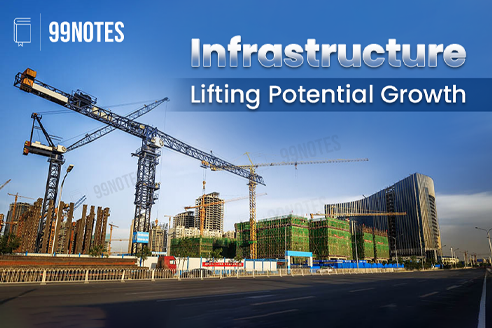
Chapter 12 Infrastructure: Lifting Potential Growth
The Union Government increased capital expenditure nearly three-fold in FY24 compared to FY20 to boost infrastructure. Beneficiaries include roads and railways. Reforms like PPPs, the National Infrastructure Pipeline, and PM-GatiShakti facilitated execution. Improved physical, digital connectivity, and social infrastructure

Ch-13 CLIMATE CHANGE AND INDIA: WHY WE MUST LOOK AT THE PROBLEM THROUGH OUR LENS
As the world’s most populous country, currently globally the 5th largest economy, India is headed to become the 3rd largest by 2030, this means that our energy needs are expected to grow about 1.5 times faster than the global average in the next 30 years.
